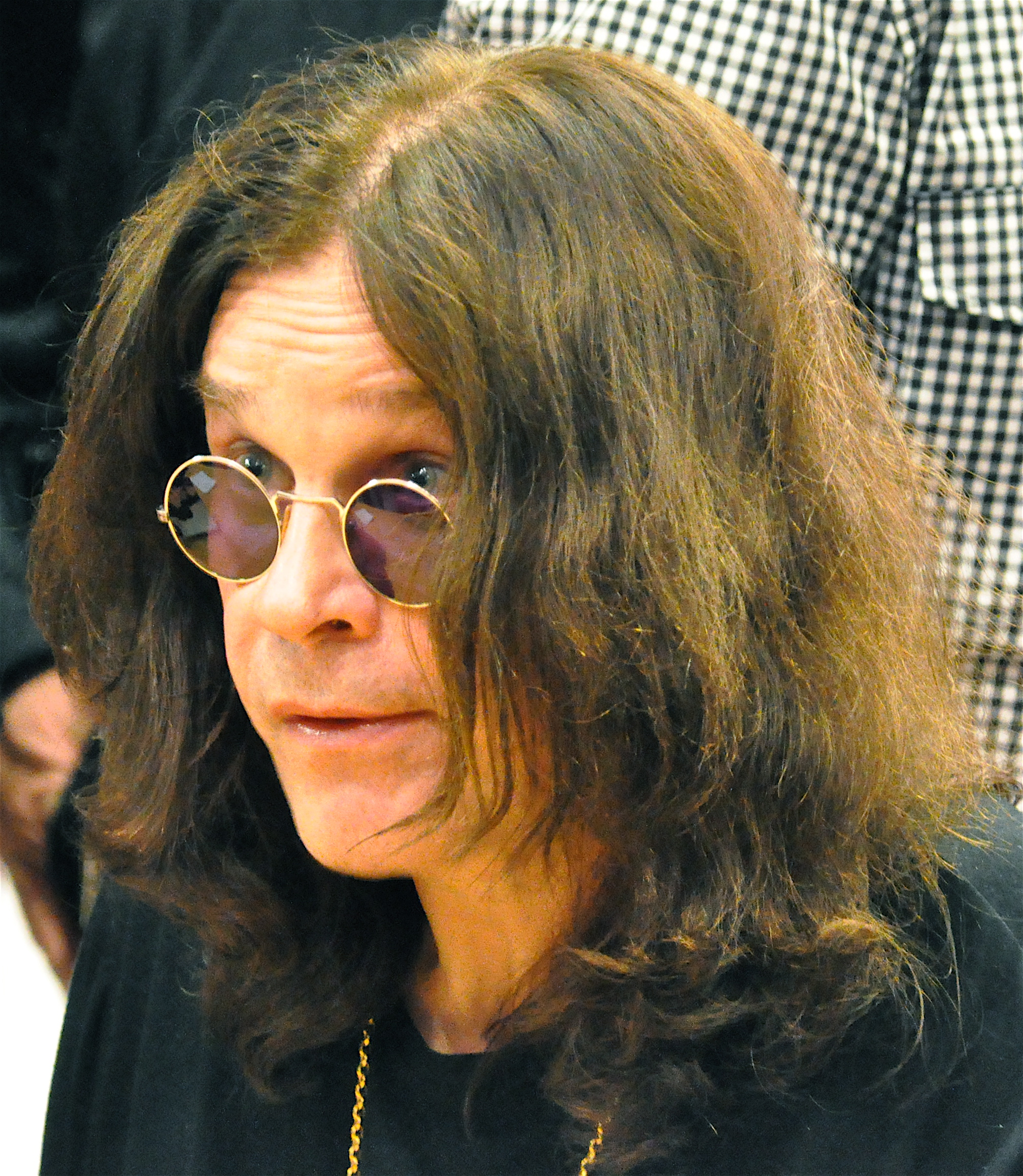
Ozzy Osbourne, the legendary musician who captivated generations as the “Prince of Darkness” and later charmed millions as a reality television personality, died on Tuesday. He was 76. His family released a statement confirming the passing of the iconic figure, a life force who transcended the boundaries of music to become a cultural phenomenon. Mr. Osbourne, a pioneer of heavy metal and an accidental television star, leaves behind an indelible mark on entertainment, defined by both his groundbreaking artistry and his disarmingly candid persona.
His beginnings were far removed from the global stages he would command. Born John Michael Osbourne on December 3, 1948, in Birmingham, England, he was the fourth of six children in a working-class family. His mother, Lillian (Levy) Osbourne, worked at an auto-parts factory, while his father, John Thomas Osbourne, toiled on the night shift as a toolmaker. Their cramped home lacked indoor plumbing, a stark contrast to the opulence that would later surround him.
An indifferent student, plagued by undiagnosed dyslexia and attention deficit disorder, Mr. Osbourne dropped out of school at age 15. He held a series of fleeting jobs, including an 18-month stint at a local slaughterhouse, from which he was fired for fighting. A brief, ill-fated career as a burglar led to three months in prison when his father refused to pay his fine, an experience that prompted him to abandon his criminal ambitions. Yet, his father did invest in a P.A. system, enabling Mr. Osbourne to pursue his burgeoning dream of becoming a rock singer.
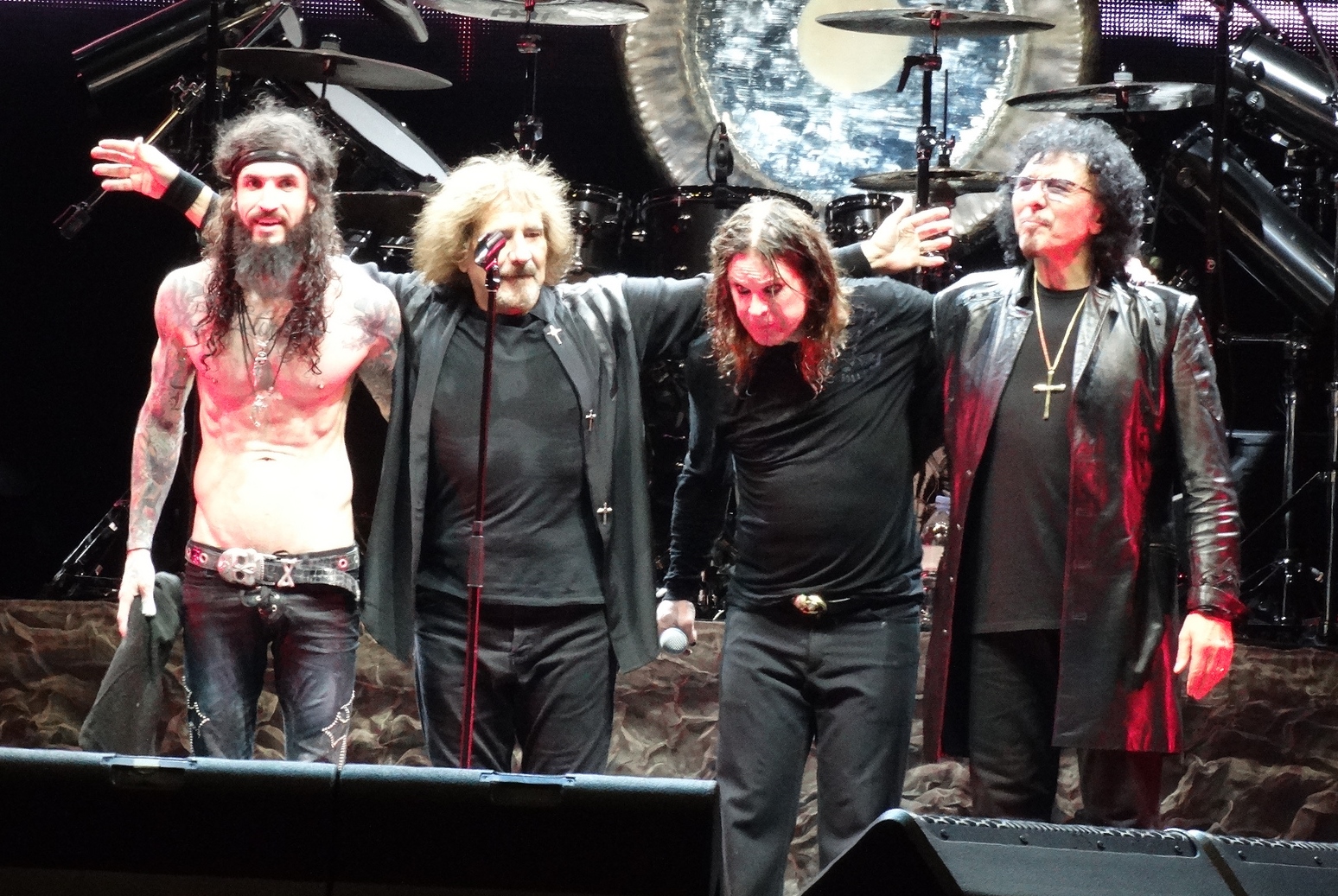
In 1968, a simple flyer reading “Ozzy Zig Needs Gig” brought him together with three other young Birmingham musicians: bassist Geezer Butler, drummer Bill Ward, and guitarist Tony Iommi. After initial attempts as a blues band called Earth, the quartet found their true calling. Inspired by a Boris Karloff film, they rebranded themselves Black Sabbath, laying down a sonic template of “deafening volume and grinding tempos,” with Mr. Osbourne’s distinctive “yowling about portents of doom.”
Black Sabbath’s debut album, also titled “Black Sabbath,” arrived on Friday the 13th in February 1970, a date that was far from coincidental. Over the next eight years, seven more albums followed, consistently achieving platinum status despite a chilly reception from critics and a near-total snub from radio stations. Reviewers dismissed their sound as “Satanic claptrap” or, as Robert Christgau, the “Dean of American Rock Critics,” put it, “The worst of the counterculture on a plastic platter.”
Yet, a new generation of fans found solace and powerful expression in the band’s dark lyrics and “sludgy sound,” which rapidly cemented their position as the progenitors of heavy metal. Songs like “Paranoid,” “Iron Man,” and “War Pigs” evolved into “anthems for generations of disaffected youth,” resonating deeply with the issues of the Vietnam War era. Bruce Barber, a former radio jock and educator, affirmed that “Ozzy had that X-factor” that set the band apart.
Mr. Osbourne’s vocal prowess was central to this groundbreaking sound. Mark Tavern, a music professor, noted his “throaty delivery, reminiscent of old-time blues shouters,” which brought “an unkempt directness to the genre, a literal devil-may-care approach to singing that allowed blues-based rock to morph into metal.” Katherine Dacey of Berklee College of Music, before his passing, described him as a “natural tenor with a good range and a powerful, focused voice,” possessing one of those “rare voices that’s immediately recognizable.” Even John Darnielle, a songwriter and author, acknowledged that Mr. Osbourne “found a way to make singing lead heavy, without trying to belt like a blues singer, which is what most of his contemporaries did.”

As Black Sabbath’s fame ascended, so too did Mr. Osbourne’s embrace of a lifestyle marked by extreme excess. His reputation as the “Prince of Darkness” was cemented by numerous onstage antics and a well-documented battle with substance abuse. In his 2009 autobiography, “I Am Ozzy,” he candidly confessed, “Over the past 40 years I’ve been loaded on booze, coke, acid, quaaludes, glue, cough mixture, heroin, Rohypnol, Klonopin, Vicodin, and too many other heavy-duty substances to list.”
This relentless indulgence fueled legendary tales, including the infamous incident in Des Moines, Iowa, where he bit the head off a dead bat thrown onstage, mistakenly believing it to be a rubber toy. This followed an earlier episode where he bit the head off a live dove during a record-company conference. His actions, while shocking, became part of his notorious allure, though they also drew the ire of animal rights groups and led to restrictions on live animals at venues. PETA acknowledged him as a “legend and a provocateur” who also campaigned against declawing cats, expressing that “Ozzy will be missed by animal advocates the world over.”
Beyond the stage, his erratic behavior sometimes crossed into dangerous territory. He once slaughtered an entire henhouse and a family of cats with a shotgun at his British estate. Domestically, he admitted to giving his first wife a black eye and, in a harrowing incident, tried to choke his second wife, Sharon, waking up in a cell charged with attempted murder before she dropped the charges. His public persona as the wild man of rock was a reality rooted in profound personal struggles.

One particularly infamous incident saw him urinate on the Alamo in San Antonio, Texas, while wearing his wife’s dress, a transgression that earned him a ban from performing in the city for years. He later apologized, and the Alamo, in an official statement, acknowledged his “journey from regret to reconciliation.” These anecdotes, from pelting audiences with raw meat to snorting ants in a bizarre contest with Mötley Crüe, painted a picture of an artist living on the edge, a “genetic mutant” as scientists suggested in 2011, possessing a unique ability to absorb recreational drugs. Sharon Osbourne famously quipped, “I’ve always said that at the end of the world there will be roaches, Ozzy and Keith Richards.”
Despite his success, Mr. Osbourne’s excessive behavior eventually led to his dismissal from Black Sabbath in 1979, after he missed a concert by reportedly falling asleep in the wrong hotel room. Alone and wallowing in Los Angeles, his career seemed adrift until Sharon Arden, the daughter of his estranged manager, Don Arden, intervened. After confronting him for stealing cash, she offered to manage him, igniting a partnership that would redefine his career and personal life. They married on July 4, 1982, a date he chose so he wouldn’t forget his anniversary.
Under Sharon’s astute guidance, Mr. Osbourne embarked on a wildly successful solo career. In 1980, he released “Blizzard of Ozz,” a “gleefully apocalyptic solo album” that quickly became a multiplatinum hit, featuring his trademark song, “Crazy Train.” This was followed by another success, “Diary of a Madman,” in 1981. He toured and recorded relentlessly, surpassing his previous fame, ultimately selling over 55 million albums worldwide as a solo artist.
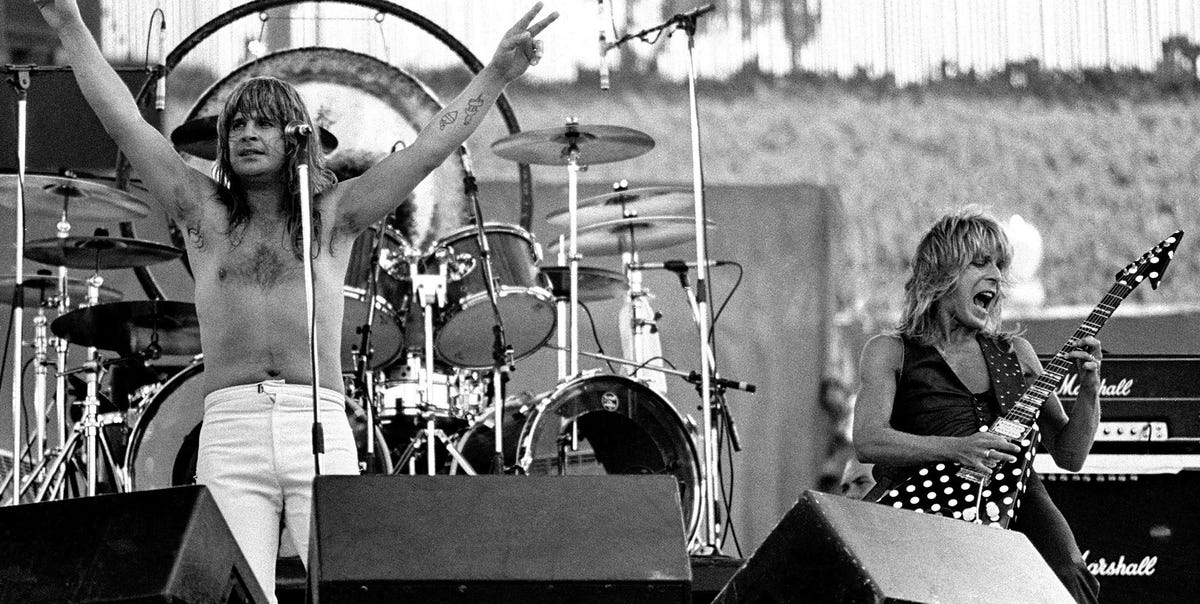
A tragic setback struck in 1982 when his lead guitarist, Randy Rhoads, died in a plane crash during the tour, along with makeup artist Rachel Youngblood and the pilot. Mr. Osbourne, though devastated, soldiered on, finding new collaborators like Zakk Wylde. His artistic output continued, including the 1989 duet “Close My Eyes Forever” with Lita Ford, his only Top 10 single as a lead artist on the American pop charts, and the sentimental power ballad “Mama, I’m Coming Home” in 1991. He also earned his first Grammy Award for metal performance in 1993 for “I Don’t Want to Change the World.”
Sharon Osbourne further cemented his legacy by launching Ozzfest in 1996, a groundbreaking annual music festival that became “a long-running, lucrative summer package tour” until 2018. Headlined often by Mr. Osbourne himself, and sometimes featuring Black Sabbath reunions, Ozzfest was the first dedicated to hard rock and emerging heavy metal artists, establishing a formidable platform for the genre.
While his musical career continued to thrive, the public perception of Ozzy Osbourne underwent a dramatic transformation in the early 2000s. Although he meticulously styled himself as a “menacing banshee” onstage, those who knew him well recognized a “genial homebody” beneath the theatrics. This duality was famously captured in the 1988 documentary “The Decline of Western Civilization Part II: The Metal Years,” which featured a surprisingly gregarious Mr. Osbourne making scrambled eggs in a leopard-print kimono.
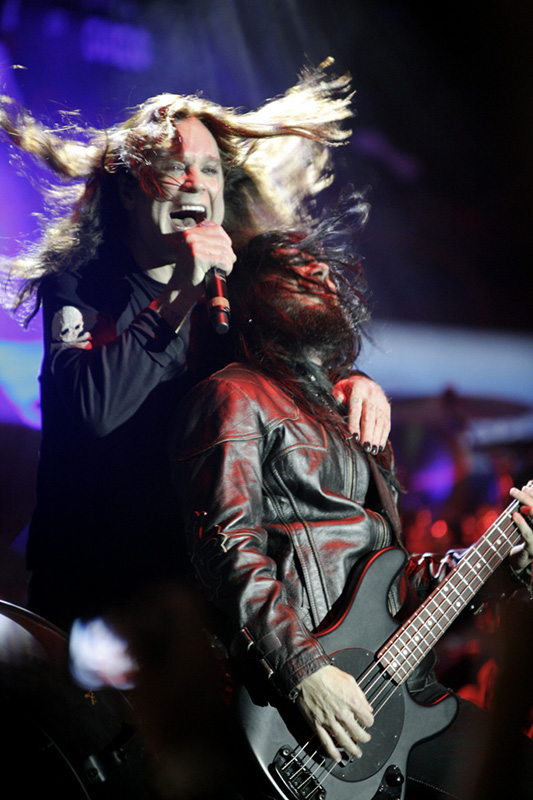
This lesser-known side exploded into global consciousness in 2002 with the premiere of “The Osbournes” on MTV. The reality series offered an unvarnished, often profanity-laced, look into the domestic life of Ozzy, Sharon, and their teenage children Jack and Kelly (their eldest, Aimee, opted not to participate). The show, which quickly became MTV’s most popular, presented a “comedic counterpoint to his rock ’n’ roll infamy,” revealing him as “the befuddled patriarch of a chaotic but loving family.”
“The reality thing was just a primarily an experiment that went crazy,” Mr. Osbourne stated, while in a 1992 interview with The New York Times, he clarified his stage persona: “All the stuff onstage, the craziness, it’s all just a role that I play, my work. I am not the Antichrist. I am a family man.” The show cemented his status as an unlikely TV star, leading to invitations to meet President George W. Bush and perform at Queen Elizabeth II’s jubilee in 2002, where he famously played “Paranoid.”
Robert Thompson, director of the Bleier Center for Television and Popular Culture at Syracuse University, noted that the show “introduced him to a whole other group of people who had heard of him and vaguely knew his music but really got to know him through that show.” Kelly Osbourne recalled the dizzying shift, saying, “One day we were normal, and the next day we were the most famous family in America.” The series, which ran until 2005, inspired countless other celebrities to open their homes to cameras, hoping for a similar surge in fame.

As viewers of “The Osbournes” observed, Mr. Osbourne had developed a noticeable tremor, a symptom of the Parkinson’s variant he would be diagnosed with in 2019. He identified the condition as Parkinsonism or Parkin 2, a debilitating neurodegenerative disorder exacerbated by his chronic drug abuse. His health had also been severely impacted by a near-fatal ATV accident in 2003, when he flipped the vehicle on his English property. He mused in his autobiography, “I’d been taking lethal combinations of booze and drugs for decades, but it was riding over a pothole in my back garden at two miles an hour that nearly killed me.”
Despite these formidable setbacks, including a severe upper-respiratory infection in 2019 that forced the cancellation of multiple farewell tours, Mr. Osbourne persevered. In 2020, he openly discussed his Parkinson’s diagnosis on “Good Morning America,” noting how it had brought his family closer. He continued to create music, releasing his 12th album, “Ordinary Man,” in 2020, which included the howling single “Take What You Want” with Post Malone and Travis Scott. His 2022 album, “Patient Number 9,” produced by Andrew Watt, earned him a Grammy for rock album. The album’s closer, “God Only Knows,” hauntingly wrestled with his mortality, posing questions like, “Someone show me mercy ‘cause I got nowhere to go / The good times always hurt me, is it safer down below?”
His career culminated this month in a poignant final concert held in his hometown of Birmingham, England. Seated on a black throne, visibly moved by the crowd’s enthusiasm, Mr. Osbourne closed out his illustrious career by reuniting with the original lineup of Black Sabbath, featuring Tony Iommi, Geezer Butler, and Bill Ward. He performed “Mama, I’m Coming Home,” a powerful and tear-streaked farewell that encapsulated his journey: “You made me cry, you told me lies / But I can’t stand to say goodbye. Mama, I’m coming home.”

Ozzy Osbourne, the man who shaped genres and defied expectations, was a study in profound duality. He was the “Prince of Darkness” who insisted he was “a family man.” He embodied rock’s wildest excesses but offstage was a “genial homebody.” His life, a tapestry woven with both chaos and charm, garnered him respect that had eluded him in his early days. Heavy metal historian Eddie Trunk observed that while he “was never going to be considered one of the great vocalists of all time,” his voice “certainly fit the music he made,” and his “biggest legacy is as a tremendous character, a tremendous entertainer, and a very likable — and sellable — figure.”
His impact resounds across the music world. Lars Ulrich of Metallica praised Black Sabbath’s “huge hymns of doom,” asserting that “When it comes to defining a genre within the world of heavy music, Sabbath stand alone.” Billy Corgan of Smashing Pumpkins recounted how hearing “Master of Reality” at age 8 led him to chase its “sense of cosmic ennui and a shadowy warmth.” Tributes from peers flowed, including from Elton John, who called him a “dear friend and a huge trailblazer who secured his place in the pantheon of rock gods — a true legend,” and also “one of the funniest people I’ve ever met.”
Mr. Osbourne, who sold more than 100 million records, was inducted into the Rock & Roll Hall of Fame twice, a testament to his enduring influence. He often reflected on his legacy, once telling Rolling Stone that his epitaph should simply read: “Ozzy Osbourne, born 1948. Died, whenever. He bit the head off a bat.” He added, “I’ve done a lot for a simple working-class guy. I made a lot of people smile. I’ve also made a lot of people go, ‘Who the f*** does this guy think he is?’ I guarantee that if I was to die tonight, tomorrow it would be, ‘Ozzy Osbourne, the man who bit the head off a bat, died in his hotel room … .’ I know that’s coming. But I’ve got no complaints. At least I’ll be remembered.”
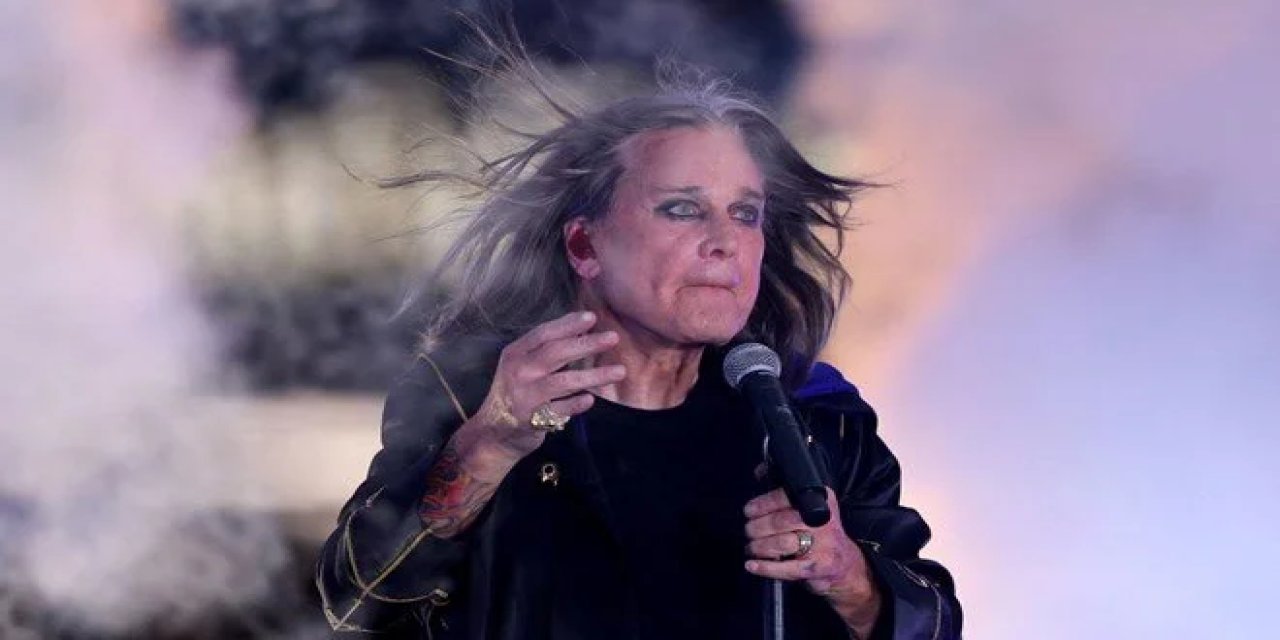
Indeed, remembered he will be. Ozzy Osbourne’s departure marks the end of an era, but his influence will ripple through generations of musicians and fans. He was the voice of the disaffected, the architect of a sound that shook the foundations of music, and the unlikely domestic hero who invited the world into his home. His life, marked by profound struggles and even greater triumphs, stands as a testament to reinvention, resilience, and the enduring power of raw, unbridled self-expression.
He is survived by his wife, Sharon, and their children Aimee, Kelly, and Jack, as well as three children from his first marriage, Jessica, Louis, and Elliot, and numerous grandchildren. Mr. Osbourne, the “Lovable Prince of Darkness,” the rock god who found peace in domesticity, has silenced his roar, but the thunderous echo of his legacy will reverberate forever, a singular sound that transcended the stage and found its way into the very fabric of popular culture. His spirit, both wild and tender, will continue to inspire, provoke, and resonate with all who dared to walk on the wild side.



